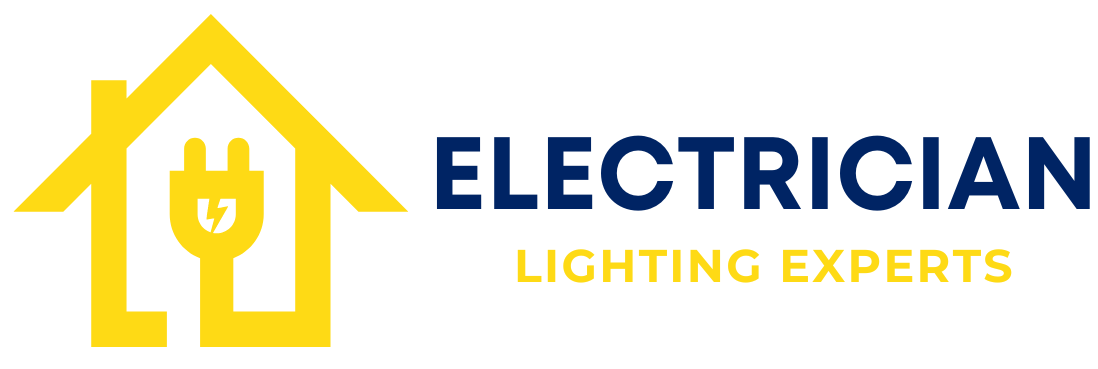As the demand for sustainable architecture grows, the spotlight has turned to every component of a building—down to its electrical systems. While solar panels and energy-efficient lighting often grab attention, electrical panels play a quiet but critical role in ensuring a building’s energy efficiency, safety, and long-term sustainability. By integrating smart technology and renewable energy sources, modern electrical panels are evolving from passive distribution units into active energy management systems. This shift is essential for architects, engineers, and developers committed to green building principles.
How do modern electrical panels support energy-efficient building design?
Modern electrical panels are no longer just passive boxes that distribute electricity—they are now engineered to enhance energy efficiency throughout a building. These panels are designed to handle complex wiring systems that connect to energy-efficient lighting, HVAC systems, and smart appliances. Advanced features such as programmable circuit breakers allow selective control over energy usage, ensuring that only necessary circuits are powered at specific times. In sustainable architecture, this granular control allows designers to optimize power distribution, reduce waste, and support building automation systems. Panels can also accommodate low-voltage systems and LED lighting setups, which are fundamental to reducing the overall energy footprint of a structure.
What role do smart electrical panels play in monitoring and reducing energy consumption?
Smart electrical panels are revolutionizing how buildings manage electricity. Equipped with sensors and IoT (Internet of Things) capabilities, these panels continuously monitor energy consumption across different circuits. This real-time data can be accessed through mobile apps or building management systems (BMS), enabling homeowners and facility managers to identify high-usage areas, detect anomalies, and make informed decisions about energy usage. Many smart panels offer predictive analytics to suggest ways to cut energy costs and reduce carbon emissions. By providing visibility into how and when electricity is used, smart panels encourage more responsible energy behavior and help meet sustainability targets.
How are electrical panels integrated with renewable energy systems like solar and wind?
Sustainable buildings often rely on renewable energy sources such as solar or wind to meet their power needs. Electrical panels play a crucial role in safely and efficiently integrating these systems into the building’s electrical infrastructure. Hybrid or solar-ready panels are designed to handle energy input from both the utility grid and renewable sources. They allow for smooth energy flow management, including net metering, where excess power generated can be fed back to the grid for credit. Some panels also support battery storage systems, enabling buildings to store solar energy for later use—reducing reliance on the grid during peak times and enhancing energy independence. This capability is vital for buildings aiming for net-zero or off-grid performance.
What standards and certifications guide the use of sustainable electrical panels in architecture?
To ensure safety, performance, and environmental responsibility, the use of electrical panels in sustainable architecture must comply with specific standards and certifications. In the United States, the National Electrical Code (NEC) provides the foundational guidelines for panel installation and renewable energy integration. For green building certification, panels and their installation must often meet requirements from LEED (Leadership in Energy and Environmental Design), which evaluates a building’s sustainability performance, including energy efficiency. Additionally, international standards like ISO 50001 (Energy Management Systems) encourage the use of panels that support systematic energy performance improvement. Manufacturers are also adopting eco-friendly materials and designs that align with RoHS (Restriction of Hazardous Substances) and other environmental regulations. Together, these standards ensure that electrical panels contribute positively to a building’s sustainability profile.
Conclusion
In sustainable architecture, every system must contribute to a greener future—and electrical panels are no exception. By serving as intelligent control centers that support renewable energy, manage power efficiently, and ensure safety, modern electrical panels are redefining their role in the built environment. Architects and builders who embrace these advancements not only meet green building standards but also future-proof their designs for an energy-conscious world.

